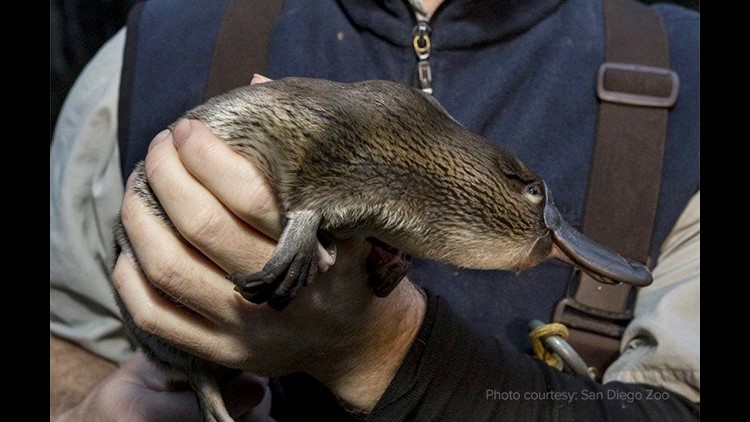SAN DIEGO (CNS) - San Diego Zoo Global has partnered with the University of Melbourne and the Australian platypus research group Cesar to develop a DNA tracking technology in order to learn about platypus species in freshwater ecosystems.
The researchers will be able to map out the platypus species present in hundreds of southeastern Australian waterways by studying water samples for DNA traces, according to the zoo. Australian government officials can then take steps to protect the platypus species and their ecosystems, given their recent classification as a Near Threatened species by the International Union for Conservation of Nature.
"All animals leave traces of their presence behind as they move through an environment," said Reid Tingley, a research fellow at the University of Melbourne. "This can be skin cells, hair, feces or mucous. We can extract DNA from these environmental samples -- and identify the species that left their DNA behind."
Researchers will also be able to use the tracking technology to learn more about multiple species of threatened fish in Australia and identify invasive species. Zoo officials plan to work long-term with Australian researchers and officials from the governments of Victoria, New South Wales and Melbourne focusing on the conservation of platypus species. The zoo has done similar work in the past with koalas and the Tasmanian devil.
"Many platypus populations are now located in highly modified waterways that will come under greater stress with climate change and an increasing human population," said Cesar Senior Wildlife Ecologist Josh Griffiths. "Platypuses are very adaptable and can survive -- and even thrive -- in waterways modified by urbanization or agriculture, with the appropriate regional planning and community efforts to preserve waterway health."



